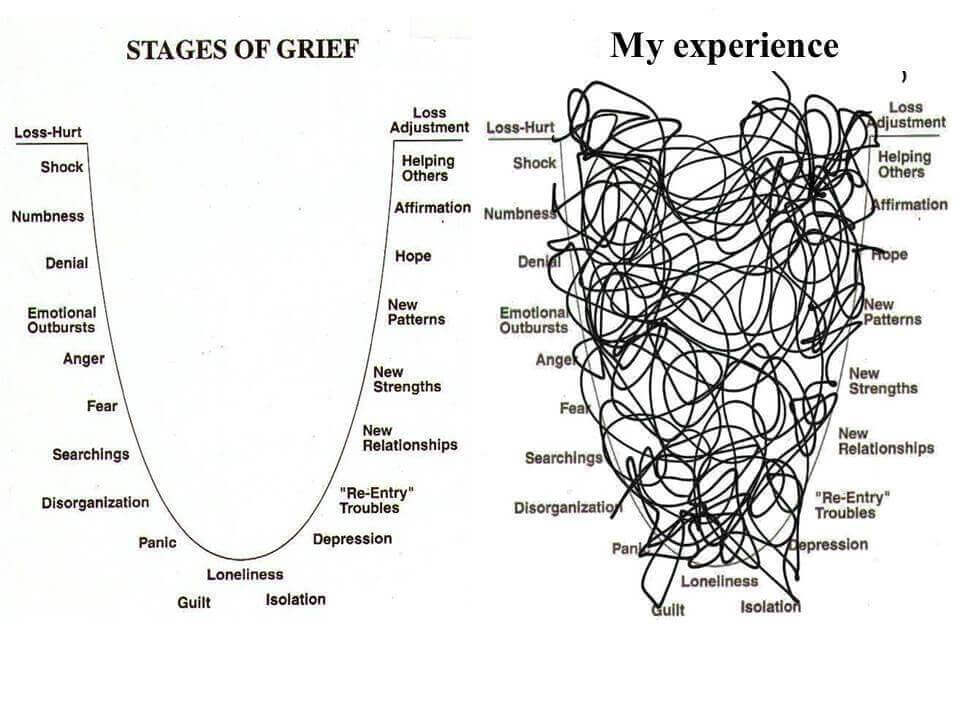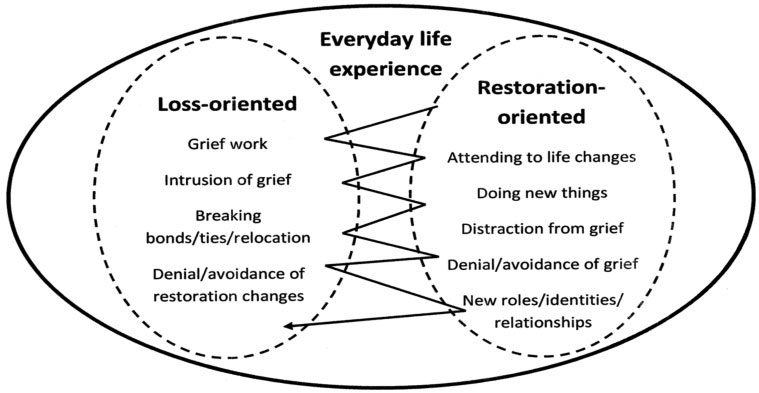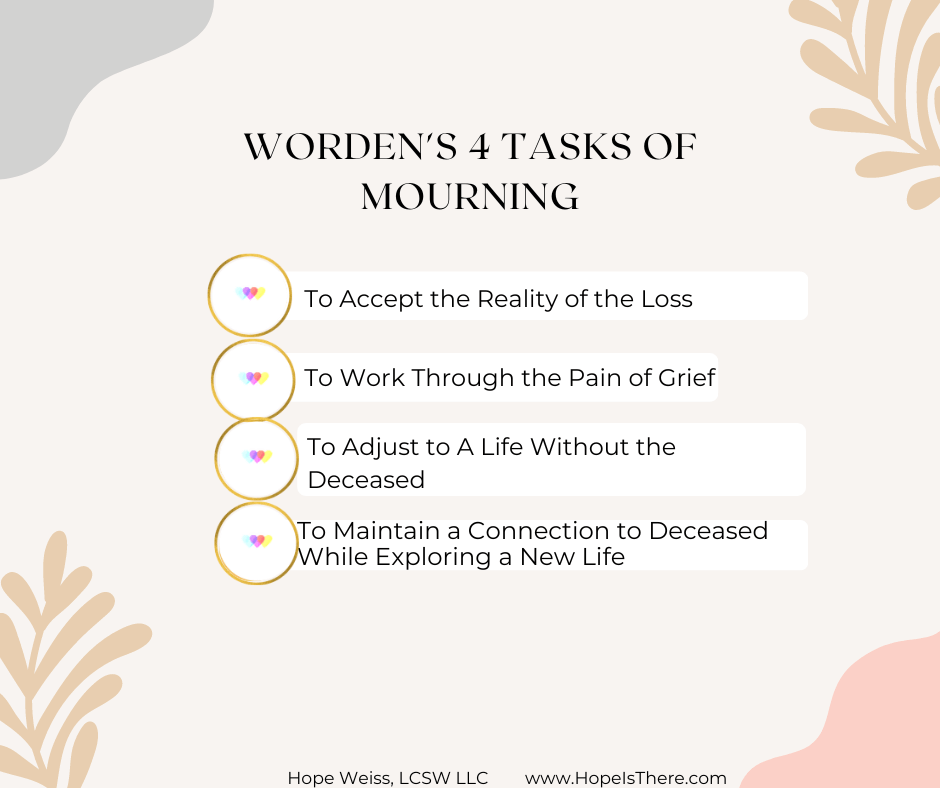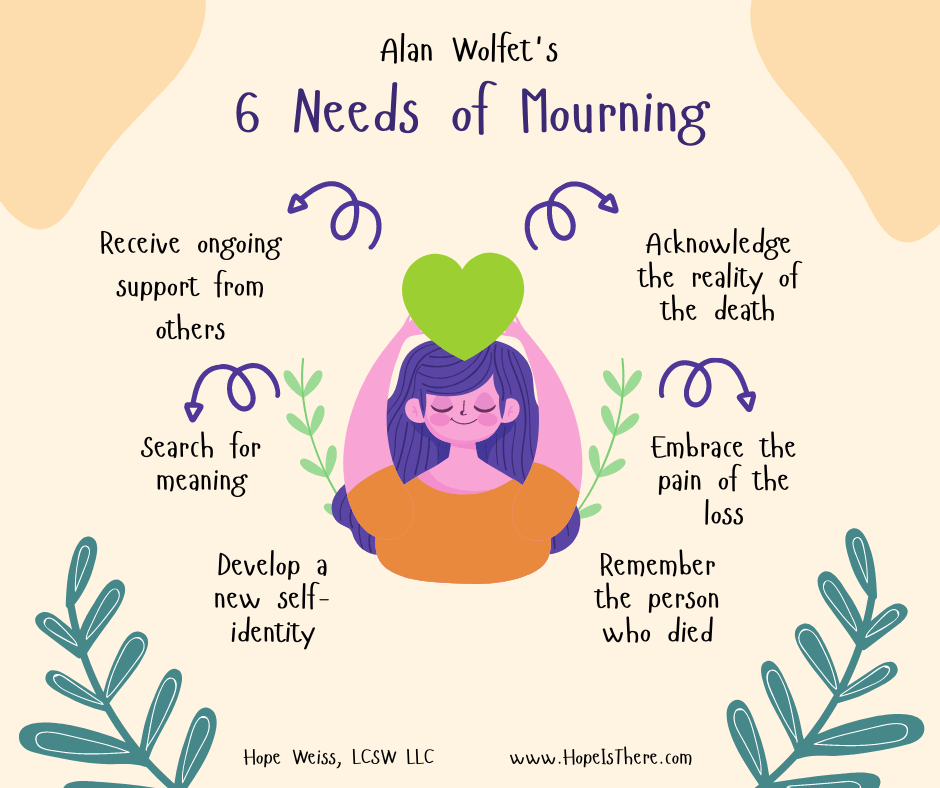There Are No Stages of Grief For Those Dealing with the Death of a Loved One: What People Really Go Through in Grief

When I was in grad school in the late 80s, we received minimal training on grief. We had one elective class called ‘Death and Dying’. Other than that, we were taught about Elisabeth Kubler-Ross’ 5 Stages of Grief. Those were the stages that one went through when experiencing grief. There was even an easy way that we memorized the stages – DABDA. This stood for Denial, Anger, Bargaining, Depression, and Acceptance.
We were taught that these stages are linear. A person first experienced denial regarding a death and eventually progressed to finally accepting the death. What we weren’t taught, was that Elisabeth Kubler-Ross never meant for these stages to apply to people experiencing the death of another. She created these stages from her work with dying patients. These stages were supposed to describe the experiences that dying people most often went through during their illnesses.
These stages were intended for the dying.
The stages of grief still crept into popular culture (appearing in everything from “That 70’s Show” to “30 Rock”). They taught people what to expect when experiencing various kinds of loss. The stages were accepted for many years in the mental health field. However, these stages are no longer recognized as being an accurate and healthy way of looking at what people go through in grief.
So, it was with surprise and disappointment that I saw a request from a reporter looking for quotes regarding the 5 Stages of Grief. It was for an article in a national publication. This misinformation perpetuates the falsehood that we should grieve in a certain way. It can cause people to think and feel that they are doing grief wrong!
There is judgment both from the person dealing with grief and from the friends and family. It leads to a belief that there’s something wrong if that person hasn’t completed the grief stages and accepted the death. The message is that people should be over grief after a certain period of time.
Even though several therapists wrote to the reporter explaining that this theory is invalid, she, unfortunately, published the article.
I wrote this blog to validate what people are really going through in grief.
- We each experience grief in our own unique way. There isn’t one right way to grieve.
- Grief is not linear. We do not move from one stage to the next. This illustration is what grief really looks like. It is often messy, and all over the place.

Created by Kay Bruner
- There are no specific or set stages and feelings one goes through when dealing with grief. You may experience denial, anger, bargaining, depression, and acceptance, but you may also experience other feelings including relief, confusion, guilt…
- These feelings do not occur and then never return. You do not feel denial, and then you’re done with that feeling. Grief is not linear but instead comes in waves.
- You may experience more than one feeling at a time. For example, if a loved one had a long illness, you may be feeling sadness and relief (that they are no longer in pain). These multiple and sometimes contradictory feelings can lead to guilt, confusion, and overwhelm.
- There isn’t a time frame for grief. We are not supposed to be over someone’s death after a month, after a year… Grief does change in intensity, but it doesn’t go away – just like our love doesn’t go away.
Here are some different ways of looking at grief.
If you would like to learn more about current ways of looking at grief, please check out:

The Dual Process Model of coping with bereavement. Source: Stroebe and Schut (2001).
The Dual Process Model talks about how people who are experiencing grief will move back and forth between feeling all of the feelings about the loss to being distracted from grief. It is exhausting to be dealing with grief. This theory states that people need to take a break both to get things done and to have some relief from their overwhelming feelings. It’s normal to move back and forth between these two places. It becomes a problem when one stays too long in either place – when there’s no break from the grief or when one avoids experiencing grief.

Worden’s 4 Tasks of Mourning
Worden states that there is no order or timeline for completing these tasks. He also shares that people may need to re-visit the tasks over their lifetime.

Alan Wolfet discusses how one actively expresses (or mourns) grief. These needs take place on a daily basis. Wolfet says, “They create a life of meaning and purpose again.”
Having a safe place to share your feelings about grief is important!
Grief models can help with understanding what you’re going through. However, it’s even more important to have someone with whom you can connect and trust to share your experiences with grief. That could be a trusted friend or family member.
Sometimes though, people may not be there for you in the way you desire or need. Grief is a challenging topic for a lot of people! At those times, meeting with a grief counselor can provide a safe and validating place for you to share your grief experiences.
If you could use some more support, please check out my Grief Counseling page. I offer grief counseling in Boulder County. Through my online grief counseling services, I am available to work with clients throughout Colorado and Florida.
You can book your free 20-30-minute consultation for us to see if we’d be a good fit.
Please let me know if you would like for me to write about other issues related to grief and loss. You can write to me at hope@hopeisthere.com or fill out my contact page form.
I wish you care and healing on your grief journey!
Another blog that can be helpful during the holidays is called “Coping with Grief & Loss During the Holidays”.
You might be interested in checking out my blog titled, “Free Grief Education Webinars”.
